Articles
John Warren Moore - Cabinetmaker 1812-1893
1 John Warren Moore of St. Stephen was one of New Brunswick's most productive cabinetmakers. Between 1830 and the late 1870s as many as eight apprentices in addition to several journeymen worked in his shop on Water Street at any one time. Here it may be well to note that the furniture of New Brunswick's best cabinetmakers may be superior to that made by most Canadian craftsmen of the nineteenth century. Though working later than the province's finest cabinetmakers, Thomas Nisbet and Alexander Lawrence, John Warren Moore was a craftsman of remarkable competence.
2 Moore's ancestors were Scottish crofters who migrated to Ireland and later to New England. William Moore, his grandfather, was born in Londonderry, New Hampshire, about 1730; in 1785 he moved his family to St. David, New Brunswick, about 10 miles from St. Stephen. Moore brought machinery and millstones from New Hampshire to build the first mill, a two-storey structure, the upper floor for grinding grain and the lower for sawing logs. John Warren's father, Tristam Moore, took over the milling business at the age of 20 when William Moore died. Tristam married Thankful Foster, daughter of Benjamin Foster and Ruth Scott who had come to New Brunswick from Mechias, Maine, in 1800. John Warren was the sixth of their fifteen children.
3 More than fifty pieces of John Warren Moore's work recently came to New Brunswick from his grand-daughter, Frances Strange Flemington, and her husband, Frank Flemington, of Toronto. For more than thirty years the Flemingtons carefully collected John Warren Moore's furniture from family members and acquaintances. Each piece was meticulously researched, using in part an amazing collection of 200 family letters which were brought together in what may be the best documentation of any cabinetmaker in New Brunswick.
4 In addition to the fifty pieces of furniture in the Flemingtons' collection, there are samplers, costumes, silver and pictures as well as copies of all the original letters, documents and other memorabilia. The collection was purchased for a fraction of its real worth by the province and is currently displayed in the Hagerman house at Kings Landing Historical Settlement, Fredericton, N.B. The Hagerman house is furnished to 1870; its large, four-leaf dining table is probably the only piece slightly later than that date. Furniture collectors and students of the subject are fortunate to have this remarkable material available for study.
5 Other pieces of John Warren Moore's work can be found in public collections such as the New Brunswick Museum and the Ross Collection in St. Andrews and in dozens of private houses in New Brunswick.
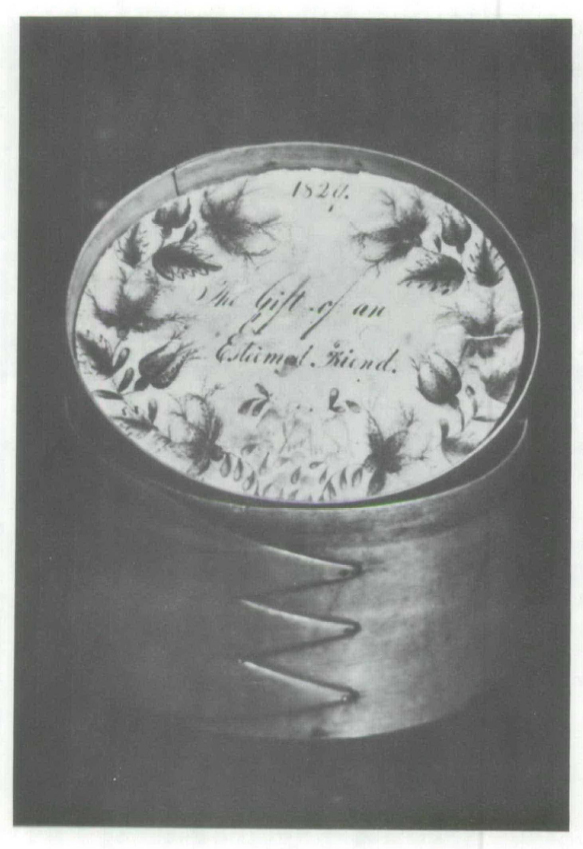 Display large image of Figure 1
Display large image of Figure 1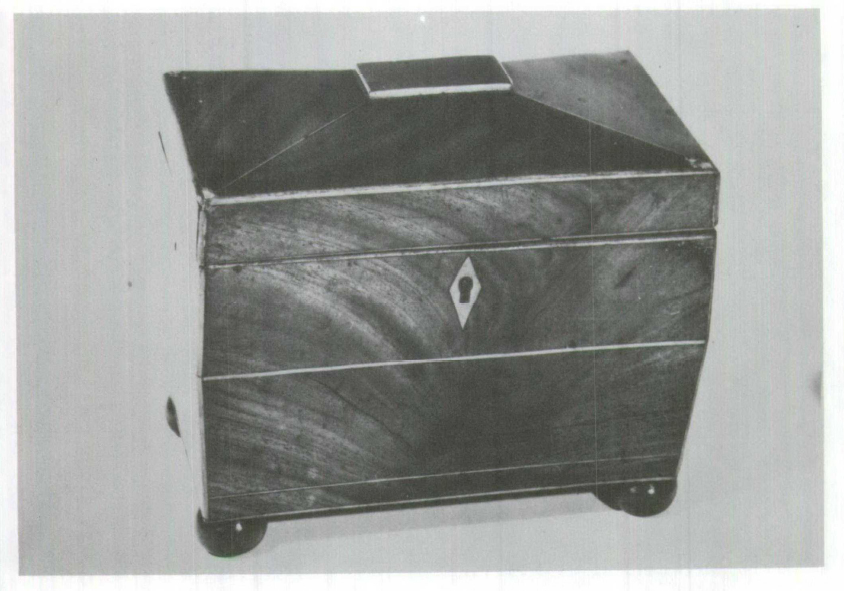 Display large image of Figure 2
Display large image of Figure 2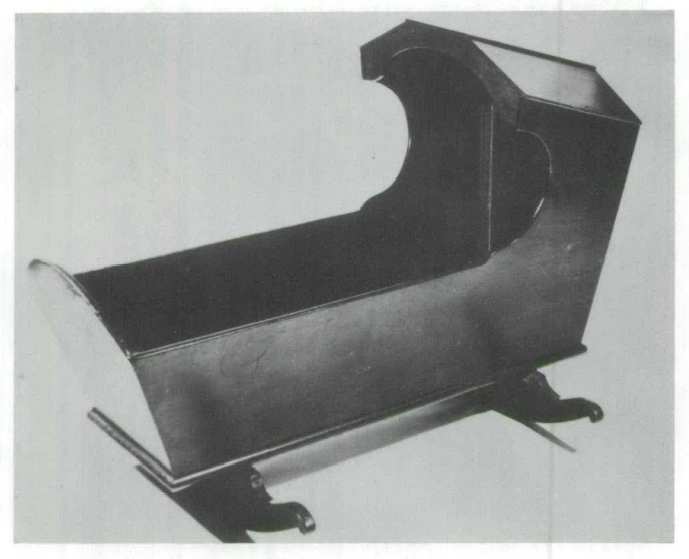 Display large image of Figure 3
Display large image of Figure 3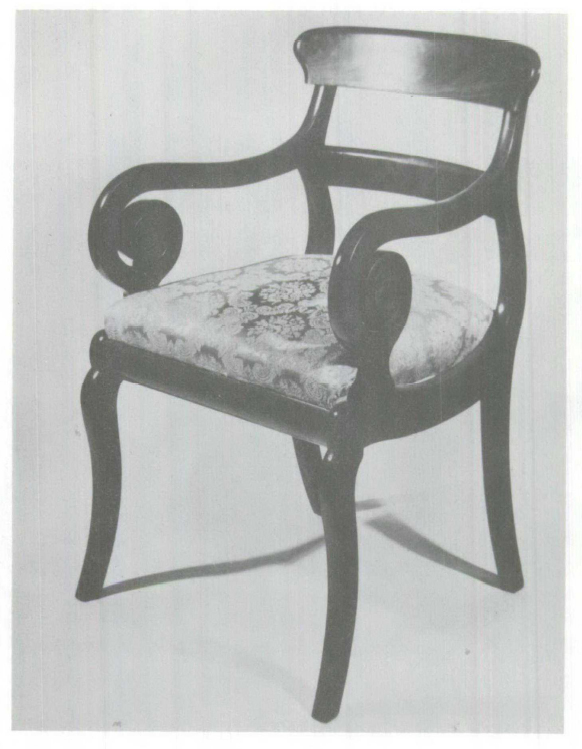 Display large image of Figure 4
Display large image of Figure 4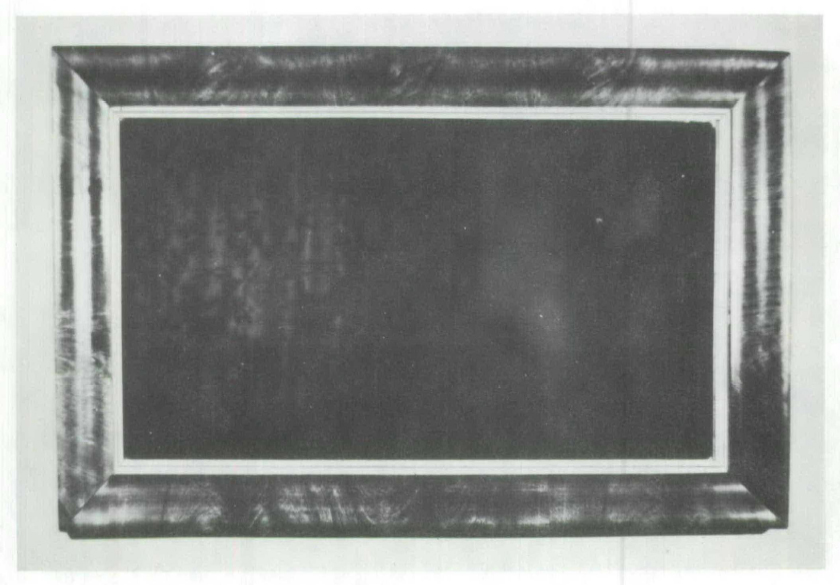 Display large image of Figure 5
Display large image of Figure 5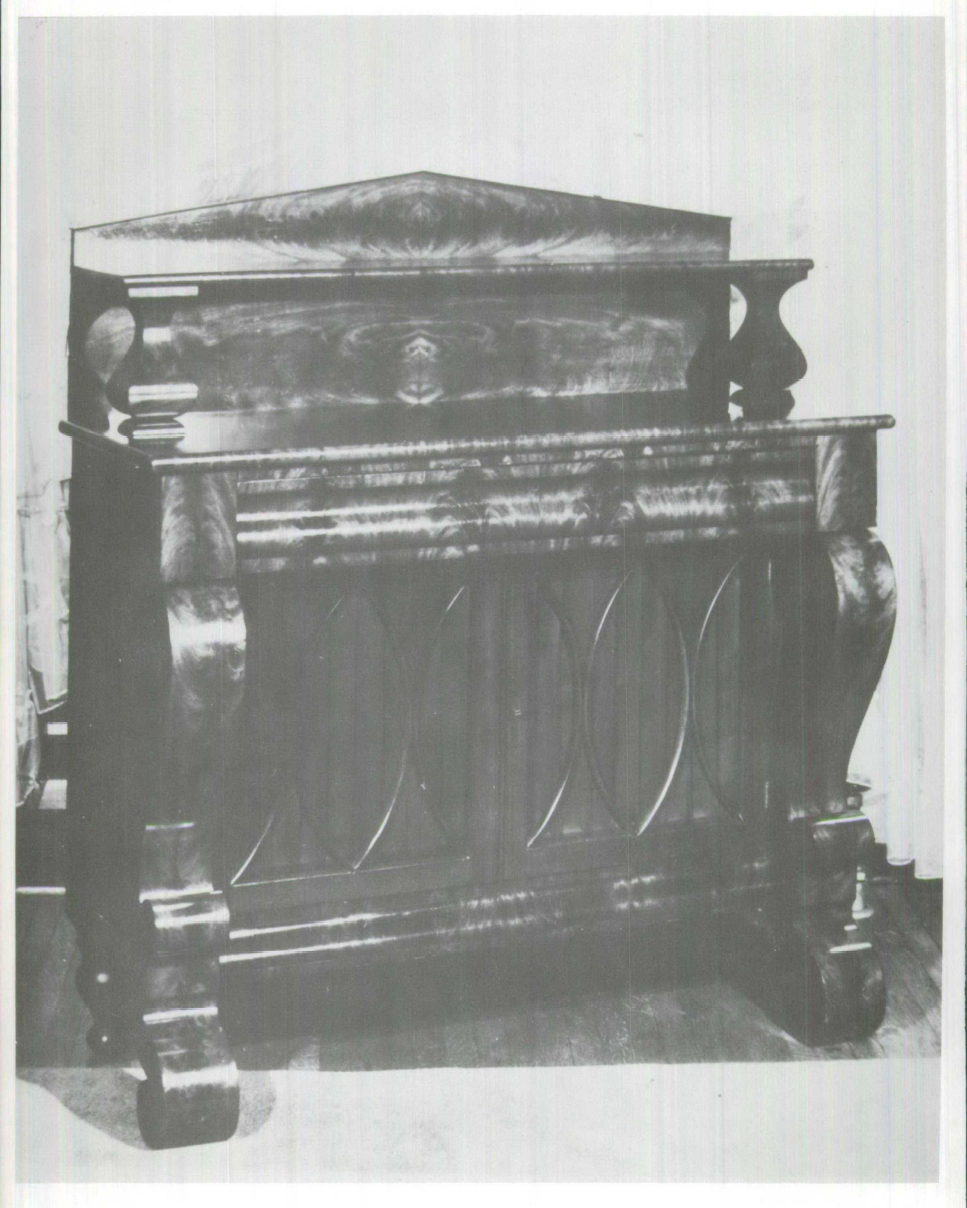 Display large image of Figure 6
Display large image of Figure 6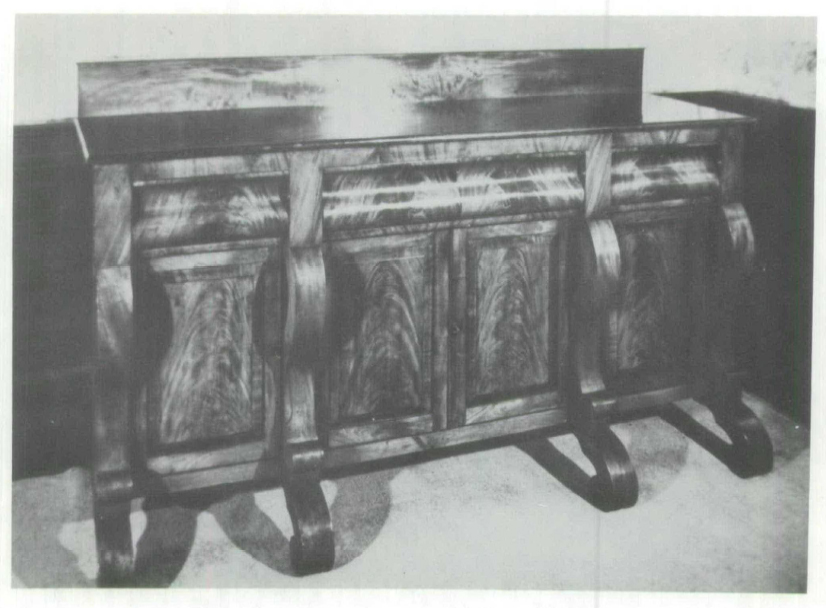 Display large image of Figure 7
Display large image of Figure 7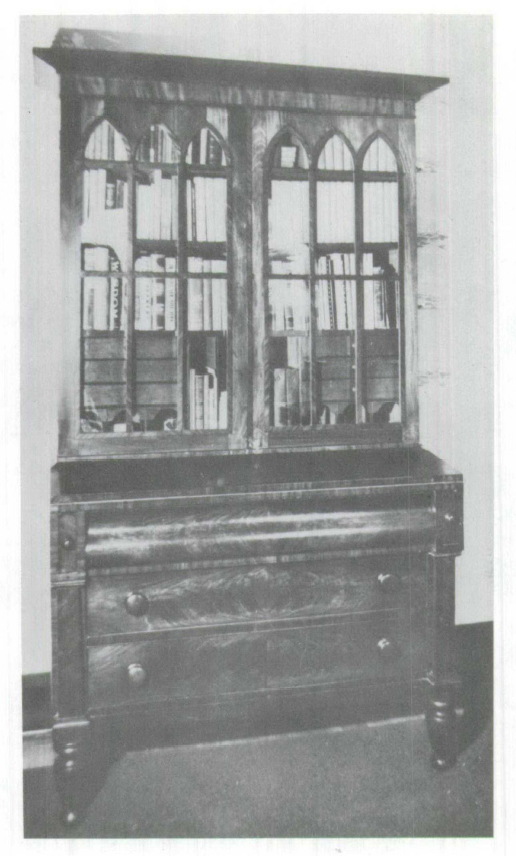 Display large image of Figure 8
Display large image of Figure 8